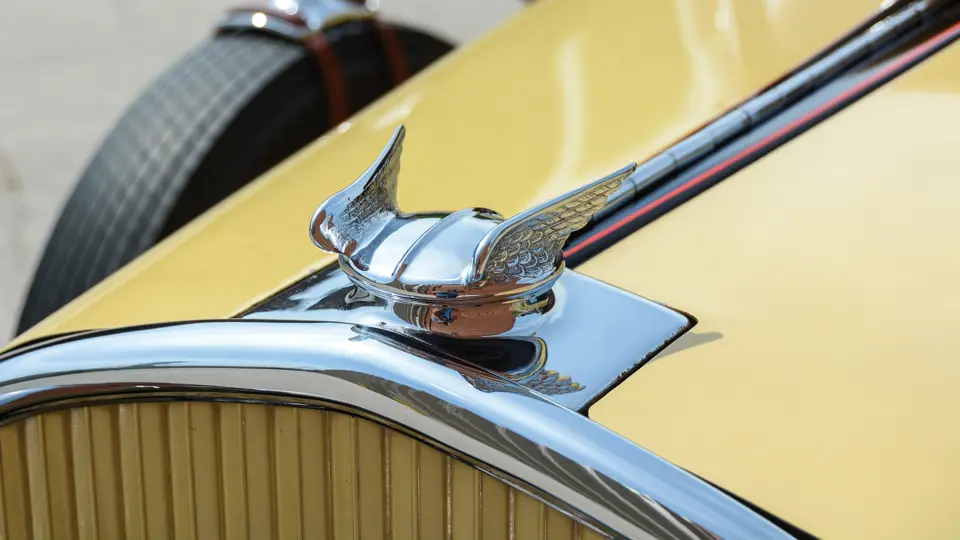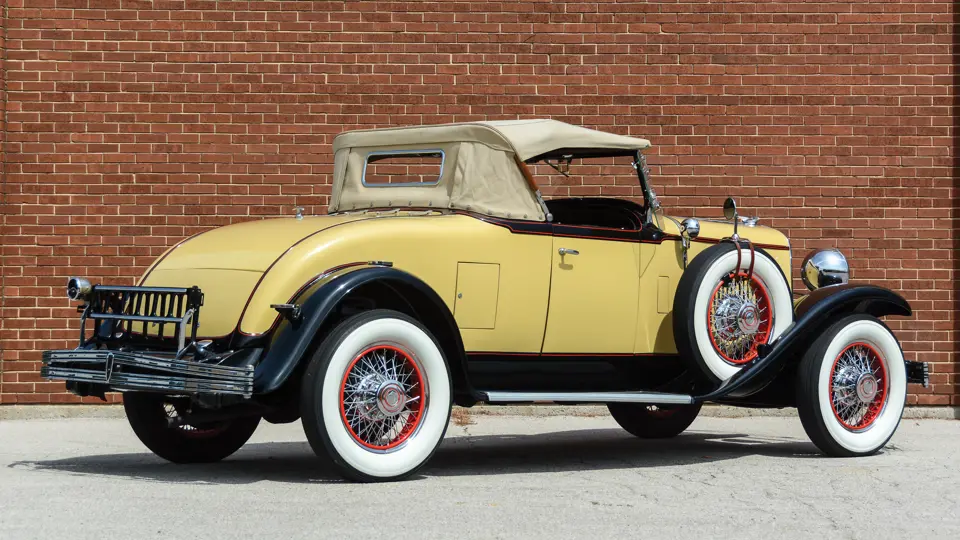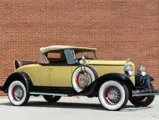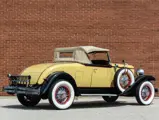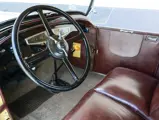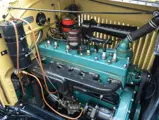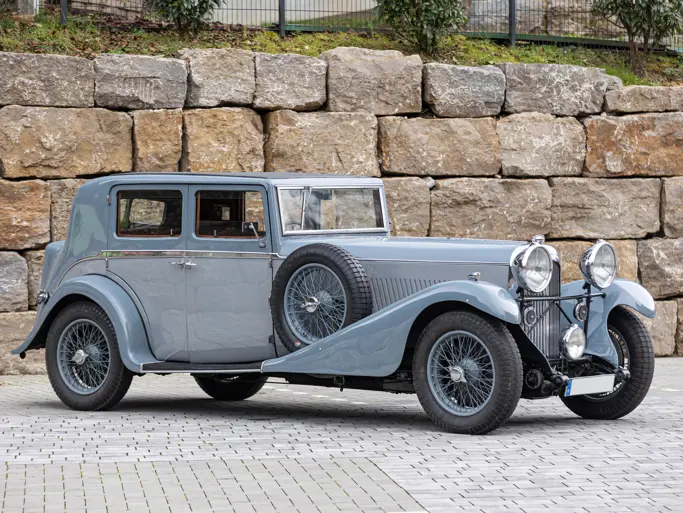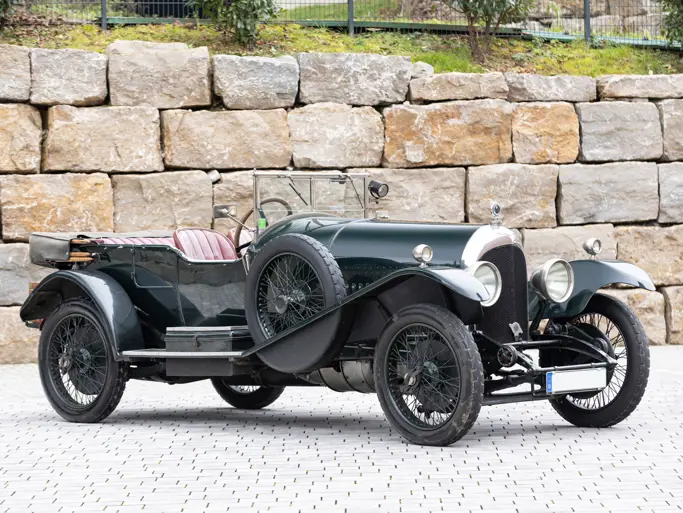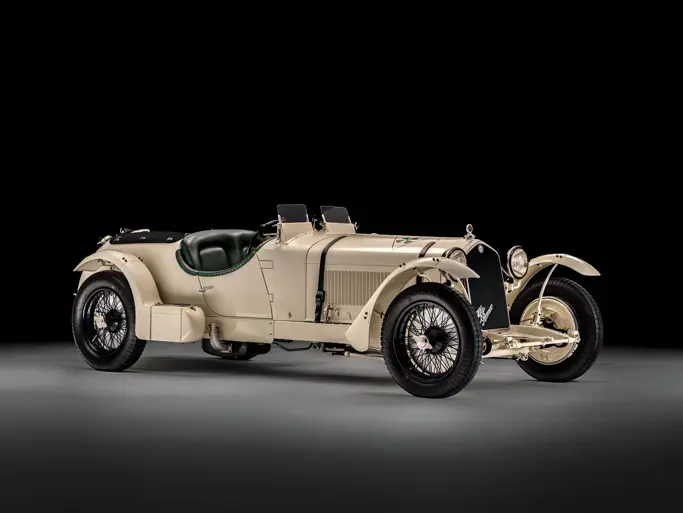Although the Chrysler Corporation was still in its relative infancy in 1928, the fledgling company had managed to leap up the sales charts from 32nd place to 3rd in a matter of only a few years, buoyed by its exceptional reputation for performance and quality. The main ingredient for Chrysler’s success came with the introduction of the L-head, seven-main-bearing inline-six initially developed for the B-70. These engines were somewhat unusual in the U.S. market in that, at 248.9 cubic inches, they were smaller in displacement than the competition, yet could match or surpass their rivals regarding power output. The engine was particularly efficient, thanks in part to the lightweight pistons and optional high-compression cylinder head.
The powerful engine paired with a compact, lightweight body allowed Chrysler roadsters to quickly gain a reputation for being some of the fastest cars in their class. Chrysler took a unique marketing path by sending a number of its cars overseas to compete against the best Europe had to offer in motorsport. In 1928 Chrysler scored a tremendous achievement in the grueling Le Mans 24 Hour race when two largely stock six-cylinder 70-series cars secured 3rd and 4th positions in the overall classification. The mid-priced Chrysler was only beaten by much more exotic and expensive machinery. The Chryslers were just moderately prepared, and they stood up to the might of Bentley’s squadron of purpose-built racing cars. Bentley struggled to keep their thundering machines held together long enough to finish, barely limping the winner across the line. Fellow American manufacturer Stutz entered their exotic four-valve Blackhawk to take on the mighty Bentley squad, but it was Chrysler that flew the flag—in a pair of mid-market roadsters that were essentially unmodified—managing a steady and reliable race to finish on the podium. Chrysler had achieved what few other American car makers could do.
Proving Le Mans was no fluke, a 70 series earned a class win at the punishing Mille Miglia the same year. Today the Chrysler 70-series roadster is appreciated by collectors and enthusiasts for many of the same qualities that made it famous when new. Well-built and with brisk performance, these delightful automobiles are great fun to drive and offer tremendous value.
Charming and attractive, this 1929 Series 75 roadster is a lovely example of Chrysler’s first performance car. Sporting a good-quality, older restoration that benefits from some recent freshening, it presents with an honest patina. Little is known of the car’s earliest history; however, it has remained in the same family since 1999, getting serviced and tidied up as needed. The roadster body is in good condition, finished in an attractive primrose¬-yellow-and-black combination with red pinstripes. Paintwork on the main body is from the initial restoration, and while it presents well, the lacquer is cracking in places, and some other minor imperfections are found. More recently, the fenders were repainted in black and present in very good condition. The brightwork is consistent with a well-maintained, older restoration, and the car is nicely accessorized with dual side-mount spare wheels, “Hermes helmet” radiator mascot, wind wings, and a trunk rack. Wooden artillery wheels were an option; however, this example rides on attractive chrome wire wheels accented with red rims that tie in nicely with the coach lines. Wide whitewall tires complete the period sporty look. The interior is well preserved, with brown antiqued leather on the seat and door panels and tan carpeting and top. The upholstery shows some age in places, but it is sound and presentable for a car that is suited to regular use. Controls and switches are in good order, and the instrument cluster appears to be in original condition with fine gold detailing intact. The rumble seat is trimmed in matching materials and presents well. Weather equipment includes a full roadster top in tan canvas with matching soft side screens, all in good condition. Chrysler’s powerful 249-cubic-inch six is tidy, showing some use and patina that is consistent with the restoration. It is believed that it was rebuilt in the late 1990s and driven sparingly since. The engine runs well and emits a healthy rasp from the exhaust that hints at its performance potential. Power is sent through a conventional three-speed gearbox, while hydraulic four-wheel drum brakes handle braking—a feature typically found on much more expensive cars of the period.
The Model 75 is an enjoyable and easy-to-drive classic that offers very respectable performance for the era. It is one of the most cost-effective and unique ways to enjoy such prestigious events as Le Mans Classic and the Mille Miglia Retrospective. This example has an honest appeal that encourages regular use and would make an excellent basis for a rally or tour car to use on any number of events the world over.
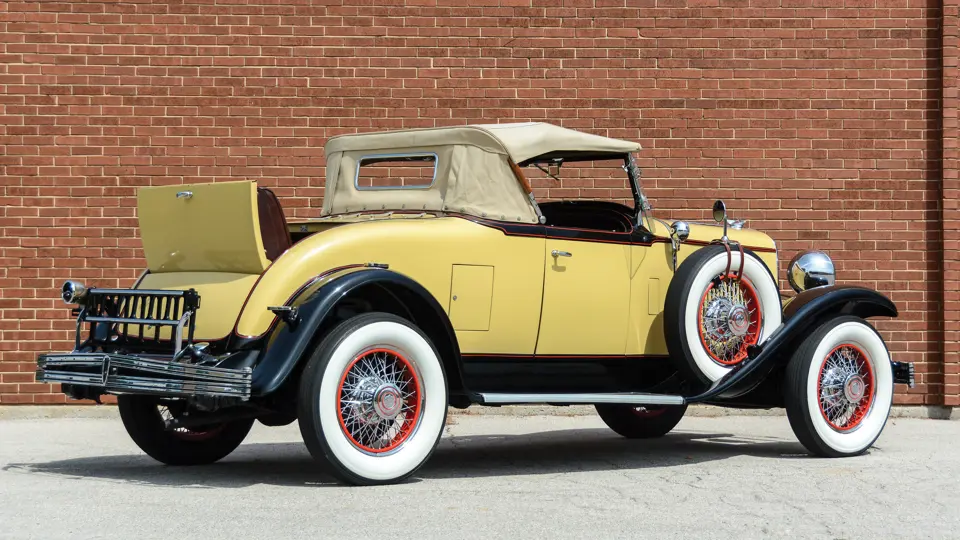

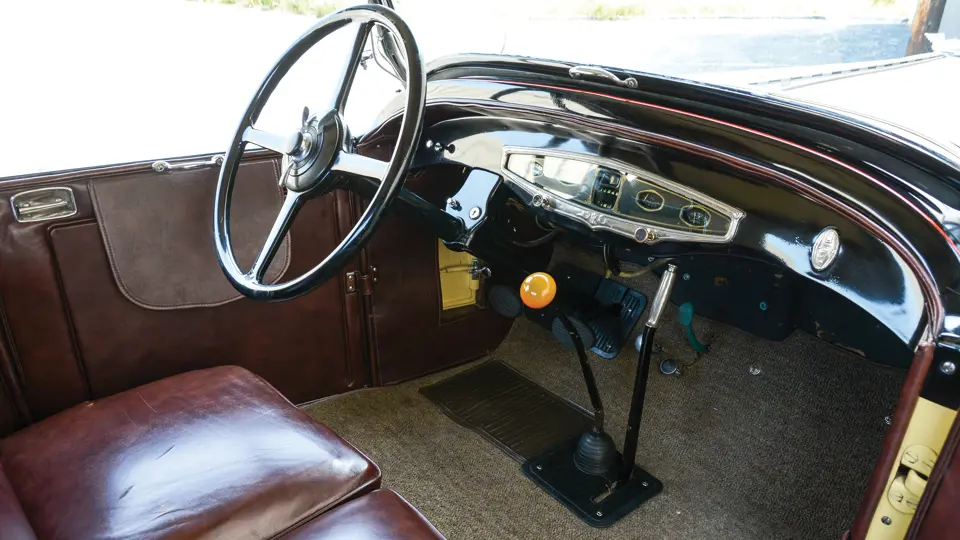

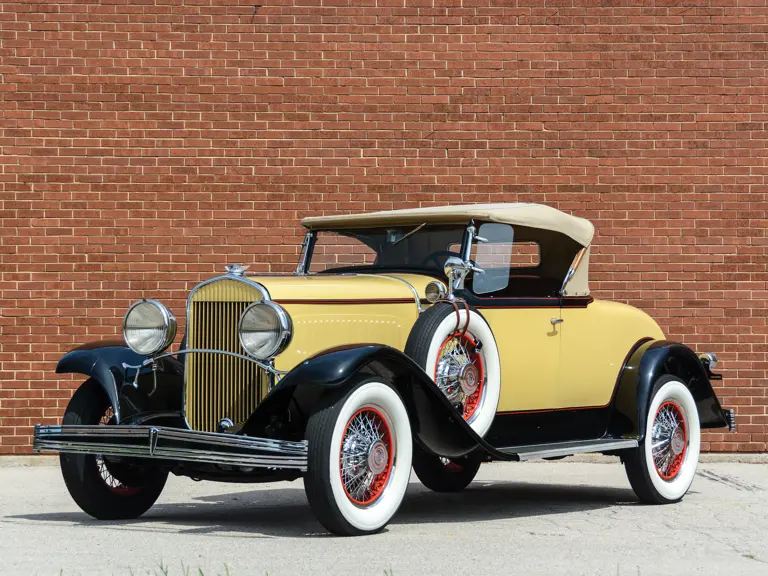

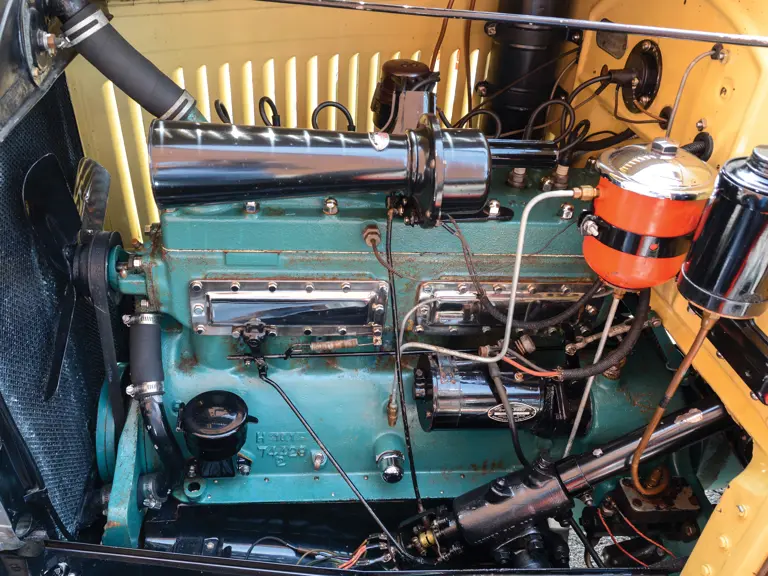

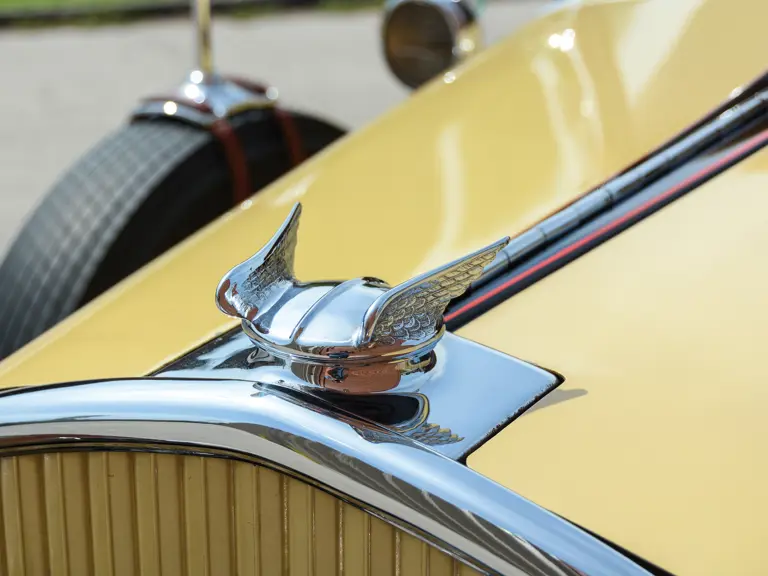

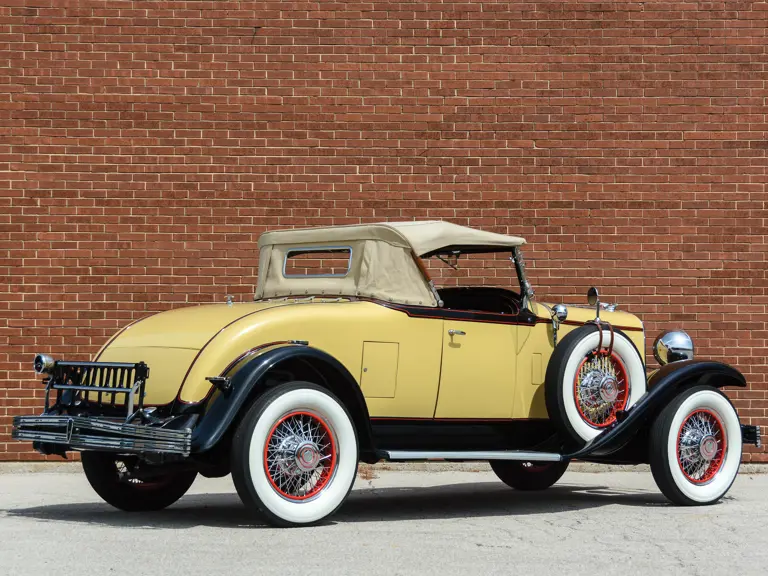
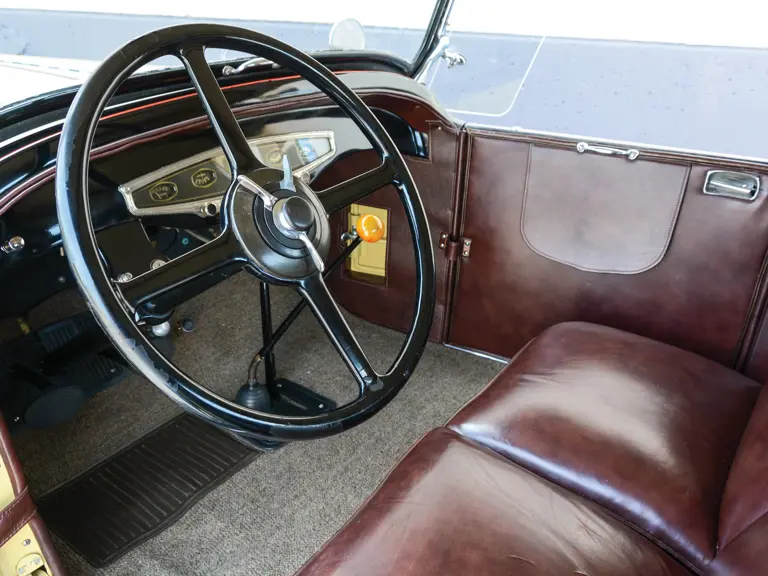
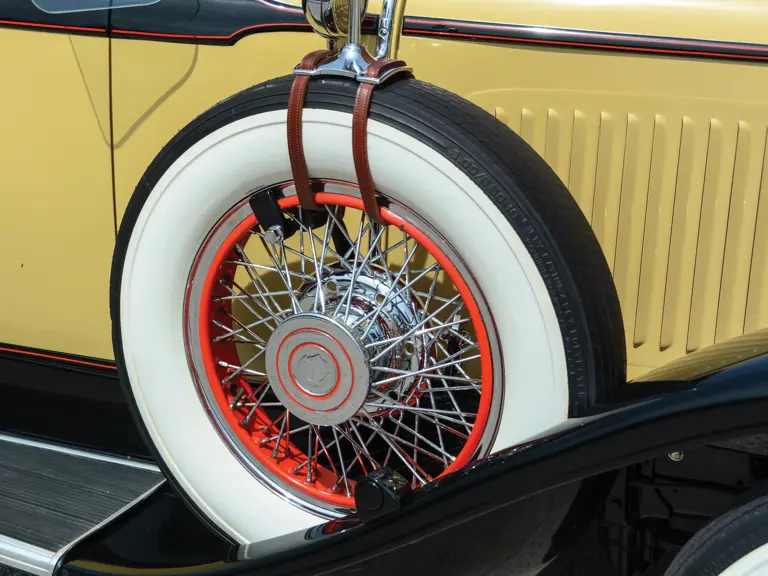

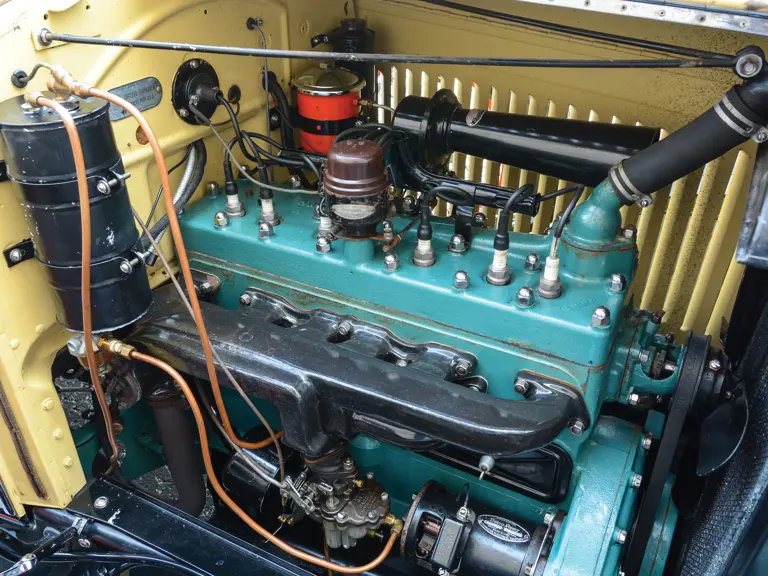
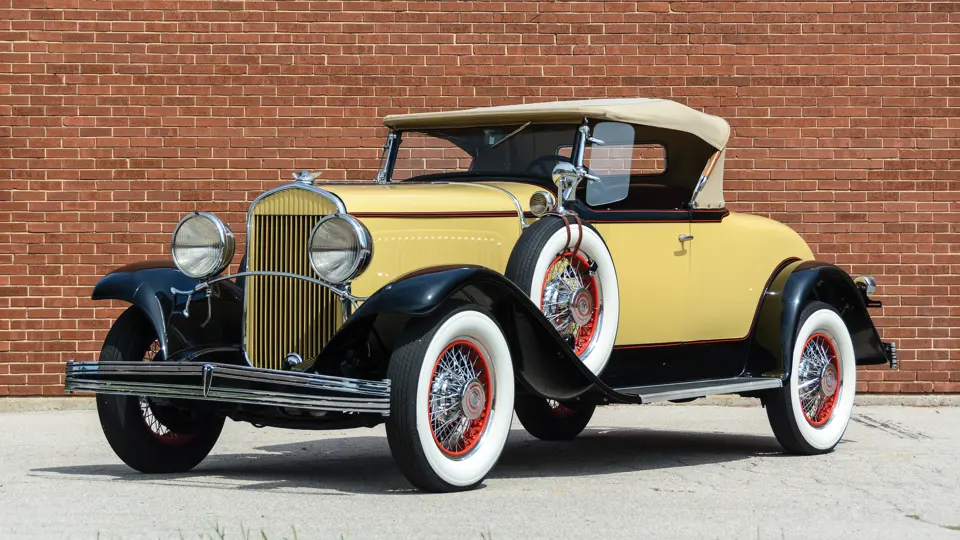
 | Auburn, Indiana
| Auburn, Indiana
